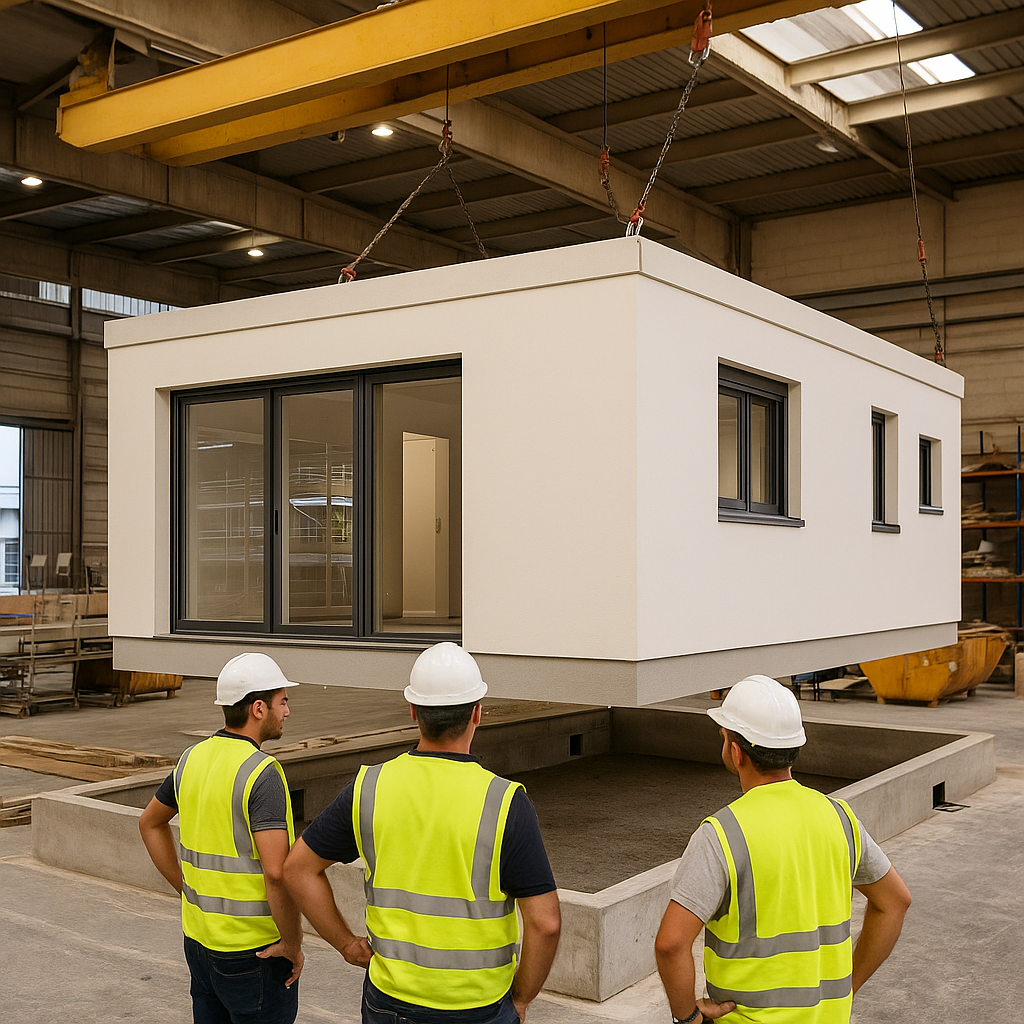By Zachi Flatto, Contributor- Matthew D. Carli
This question strikes me again and again recently:
Why does construction say “NO” to innovation?
Having been in the Construction Technology sector for over two decades, I am very well familiar with the challenges of tech adoption in the construction industry. However, with Covid-19 making productivity and safety enhancements vital more than ever, I have expected construction to embrace technology much faster now.
Why doesn’t it happen then?
I turned this question over to my community members on LinkedIn, and here is what I learned from their perspectives*:
Regulation is key
Regulation is probably the best vehicle for introducing new technology into the construction market. But government officials have little incentive for leading regulatory change and promoting innovation.
They might even be interested in maintaining the existing regulation, which plays an important role in keeping the industry stagnated.
Everything is regulated and/or follows some policy, the difference is between a policy that fosters improvement and a policy that deters it.
In the case of construction, material innovations involve multi-year expensive pathways towards being accepted as code, with few prototyping options.
Comparing construction to the medical field (analogous in the aspect that safety is paramount), in the medical sphere, hand washing and more nurses provided some of the most prolific improvements in cost-effective care.
What are the “hand washing and nurses” in construction, as we face skilled labor challenges, on-site safety issues, and overall rising costs?
What will provide the greatest cost-efficiency?
Fortunately, the digitization of the industry is providing more and more transparency to the processes that are in dire need of improvement.
To understand the potential impact of regulation, imagine for a moment what would have happened if all project consultants were required to use BIM.
This would have started a chain reaction of much wider adoption of tech across the entire industry.
If BIM-based 3D Models were required or even just acceptable for construction contracts, it would have instantly provided a “digital twin” for inspections and verifications of construction projects, starting a domino effect of increasing “product” quality.
Constructors are unwilling to take another risk
In a business with low margins and very high risks, constructors prefer proven and validated solutions. Many are unwilling to take on any more risks, such as investing in disruptive technology or implementing new, unverified solutions.
But this is a vicious cycle. Startups with great solutions are unable to validate them on construction sites, and constructors miss out on solutions that could have reduced their risks.
Once again, the transparency that comes with technology is changing the game that has been predominated by trade secrets so far, and this is just the beginning.
It is no secret that construction has not seen productivity gains in the last 30 years, but we are optimistic that the rise of construction tech is going to change this trend, as we see administrative costs drop and automated installation expand.
The next logical question after having digital twins in place is that of constructability: How are we going to build it?
Once this process becomes digital too, suddenly administrative costs such as complicated bidding, change orders, and progress inspections decrease.
They all become part of a cycle of improvement, as we approach industry 4.0.
Like with regulation, breaking the cycle of risk avoidance can best be promoted by the government, making technology incorporation mandatory in government projects.
Benchmarking is a challenge
Everyone agrees that tech must deliver greater value than is invested in it. But with construction being such an interconnected product, and organizational structure of projects so fragmented and cost-driven, it is extremely hard to measure value.
How can you measure the savings and efficiency resulting from technology adoption in the early stages of the project and throughout the entire project lifecycle? How do you break down the costs and compare low-tech and hi-tech building processes?
We need a study or a tool that breaks down margins and allows benchmarking, which would make the adoption of new technology easier. And we need new business models and partnerships that make the business case and ROI of technology more compelling.
The solution, “constructability”, is the million-dollar question here. It clarifies the actual value-add process steps to completing a building while eliminating waste at the micro-process level, which accumulates to millions of dollars of savings.
Already we are seeing start-ups aggregating this data and putting the savings right to the bottom line.
Bridging the gap
There is a huge gap between what Tech offers and what constructors (the clients) want. If Tech entrepreneurs want to get a “YES” from construction companies, they must first gain a deeper understanding of this industry and its context.
- Most ConTech companies live entirely in the digital space, whereas construction companies are very earthly. This makes selling “data” and “algorithms” to them extremely difficult.
- Tech must target the appropriate actor in the value chain.
- Startups should NOT try to sell prototypes, only end products.
- While the Tech market can afford many failures for each success, the construction industry cannot afford any failure.
- Tech should present solid and realistic cost estimations and savings, and the cost of technology cannot exceed the savings gained.
- Like start-ups in other industries, the larger corporates are unable to absorb disruptive technology without real integration.
While regulatory changes and new benchmarking methods might take a long time to develop, bridging the gap between constructors and tech is a process we can start immediately.
Perhaps my next question to my colleagues should be: How can we bridge the gap? How can we educate each of the stakeholders in order to start moving faster, together?
- Thank you our dear colleagues for your active participation and contribution to the discussion: Efrat Tolkowsky, Tal Friedman, Jay Wratten, Charles de Bénazé, Guy Benromano, Tal Dekel, Avi Shaked, Otmar Petschnig, Ilya Shapira, Francisco Javier Royo Abancéns, Steve Burrows, Ron Zass, Yogev Katzir, Eran Shlomo, Oliver Dultz, Maria Nemenman



